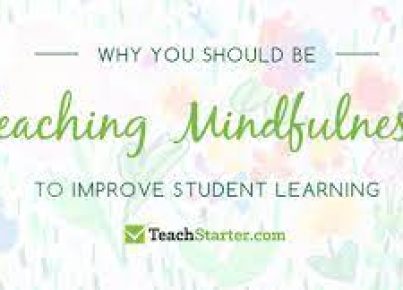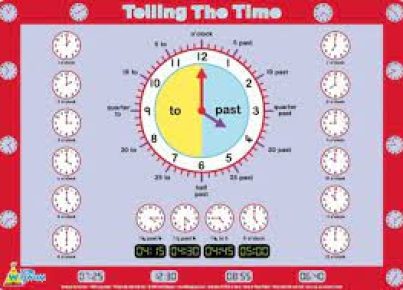In recent years, the concept of Visible Learning has transformed the landscape of education, offering a revolutionary approach to teaching and learning rooted in robust research. Pioneered by John Hattie, Visible Learning synthesizes insights from millions of students and represents the largest ever collection of evidence-based research into what actually works in schools to improve learning.
At its core, Visible Learning is about recognizing and understanding the impact that teachers have on student learning. The approach hinges on the visibility of teaching and learning processes; that is, making student learning visible to teachers so they can see whether their teaching is having the desired effect and making teaching visible to students so they know what to learn and how their efforts are contributing to their success. It’s about moving away from teaching as mere content delivery and embracing a culture where feedback, strategy, and student progress are central.
The mantra of Visible Learning is simple yet profound: When teachers see learning through the eyes of their students, and students see themselves as their own teachers, profound learning gains can occur. It encourages instructors to become evaluators of their teaching effect, to empower students to take control of their educational journey, and to foster an environment where feedback is not just accepted but sought after.
Visible Learning proposes that almost everything in education works to some degree, but it’s the magnitude of impact that truly makes a difference. Hattie identified key strategies with the highest effect sizes: feedback, reciprocal teaching, teacher clarity, and formative evaluation among them. Strikingly, he notes that a year’s worth of teaching should equate to a year’s worth of learning for every student; if this isn’t happening, we need to adjust our methods.
Implementing Visible Learning in classrooms necessitates a shift towards evidence-based practices. Educators must be well-versed in these practices and willing to adapt based on what the evidence suggests works best. It also requires transparent communication between teachers and students about expectations regarding achievement and progress.
One major implication of Visible Learning is that it holds teachers accountable but also empowers them with data to inform instructional design. Teachers are called upon to interpret effect sizes relating to different interventions and strategies—which ones provide ‘bang for buck’—and apply these insights contextually within their classrooms.
Another important aspect is student self-assessment; learners should regularly assess their understanding and skill development which leads them towards becoming independent learners who can set goals, monitor progress, and regulate their learning strategies accordingly.
For educators worldwide striving for excellence in education reform, Visible Learning delivers a clear message: effective teaching is visible teaching. It reminds us that despite various curricular demands or administrative pressures, our primary focus must always be on creating optimum environments for student achievements. Through embracing principles from Visible Learning researches and allowing it to guide curriculum design as well as classroom practice, we can take pragmatic steps toward enhancing the educational outcomes for all learners.





